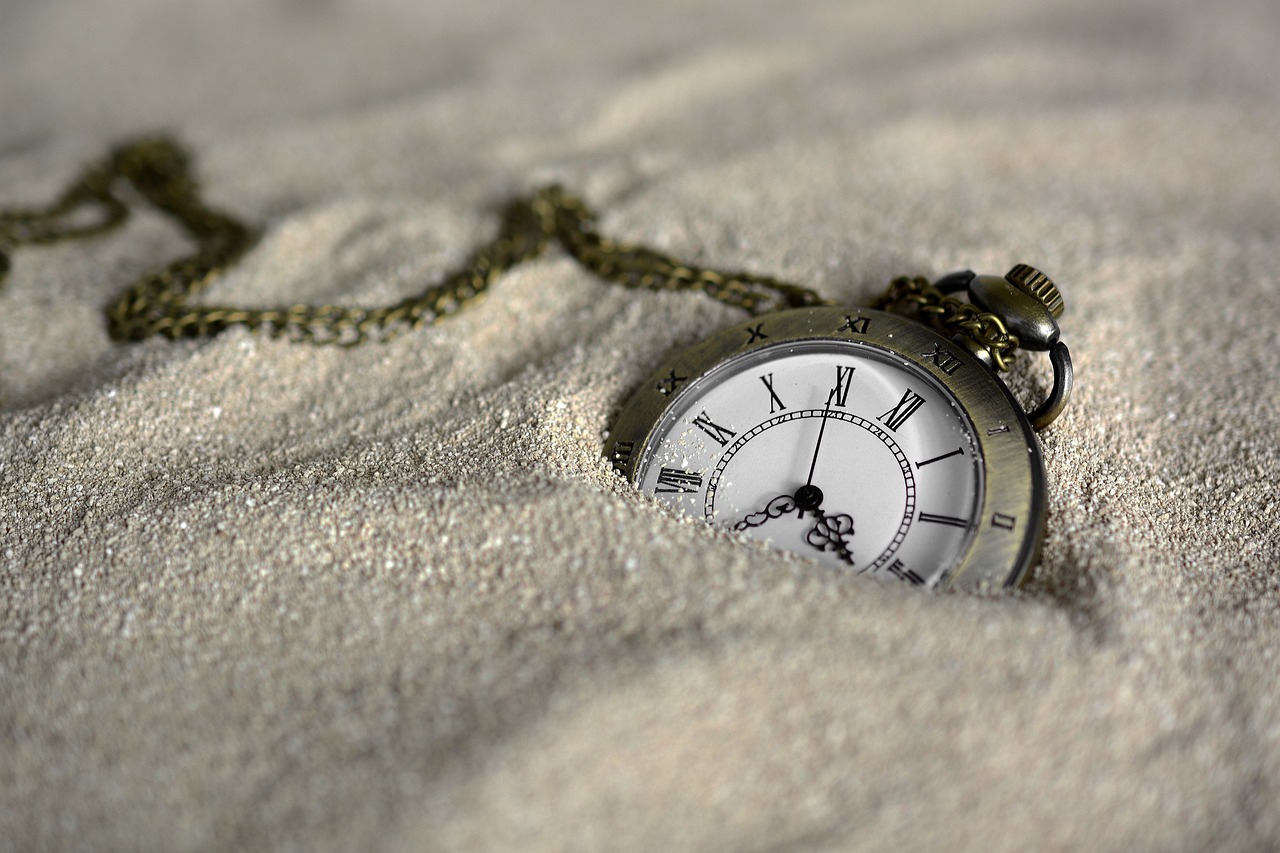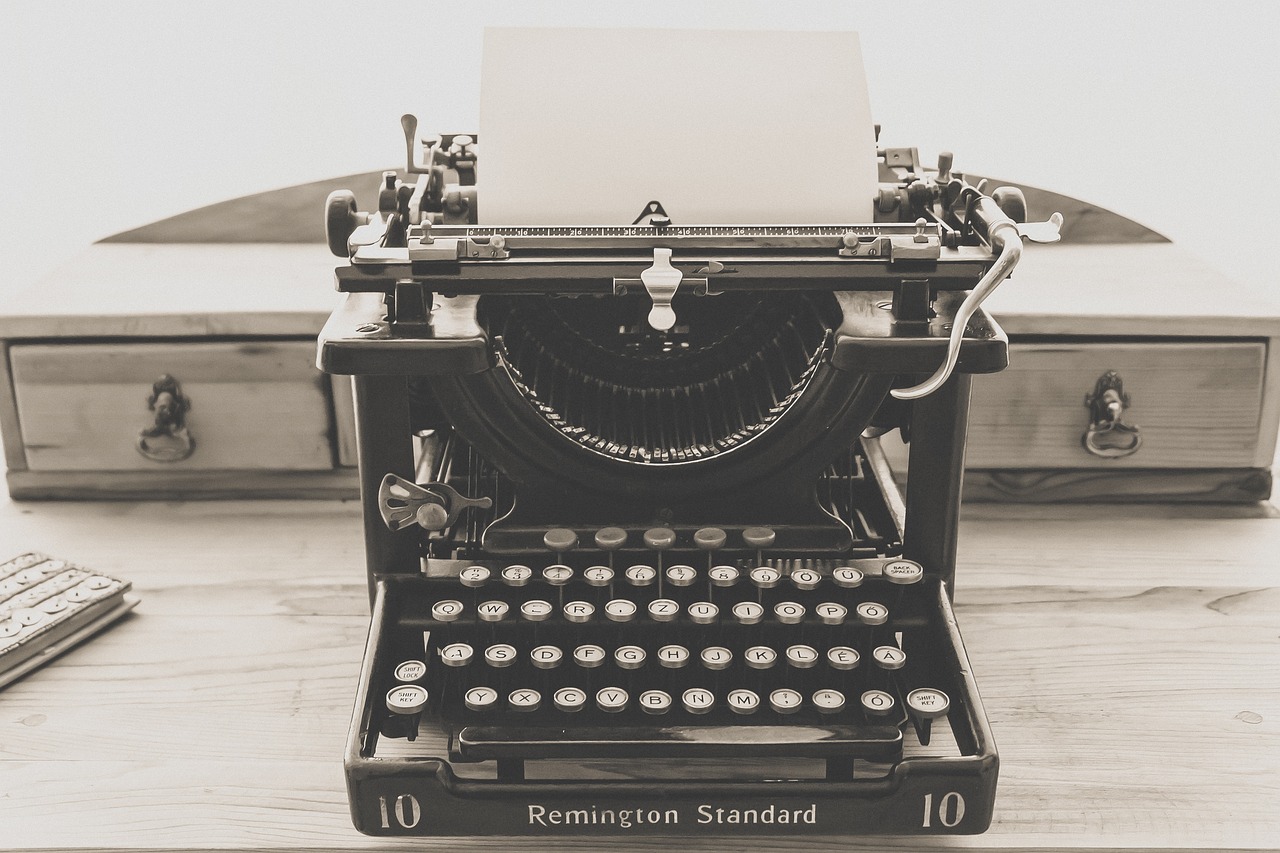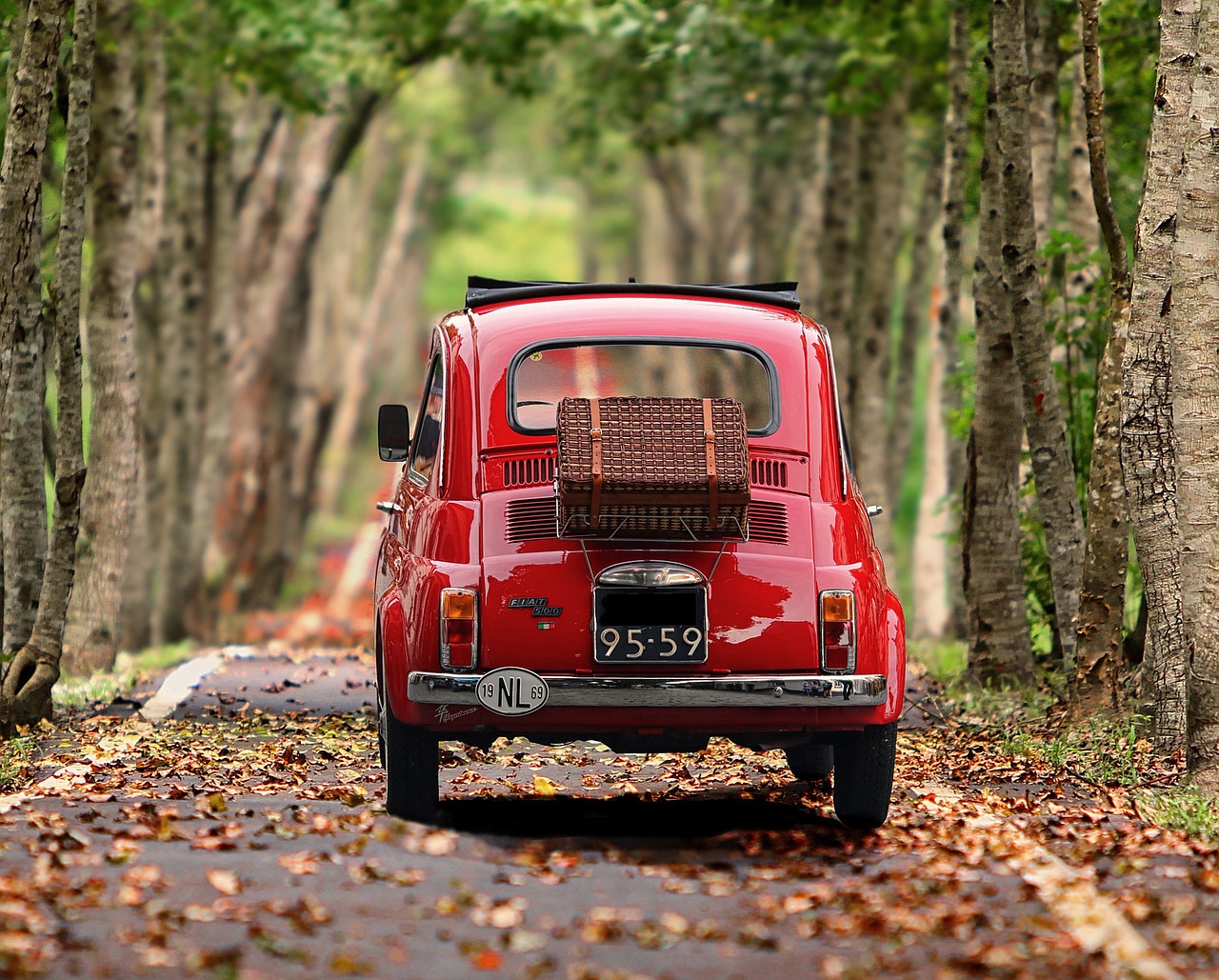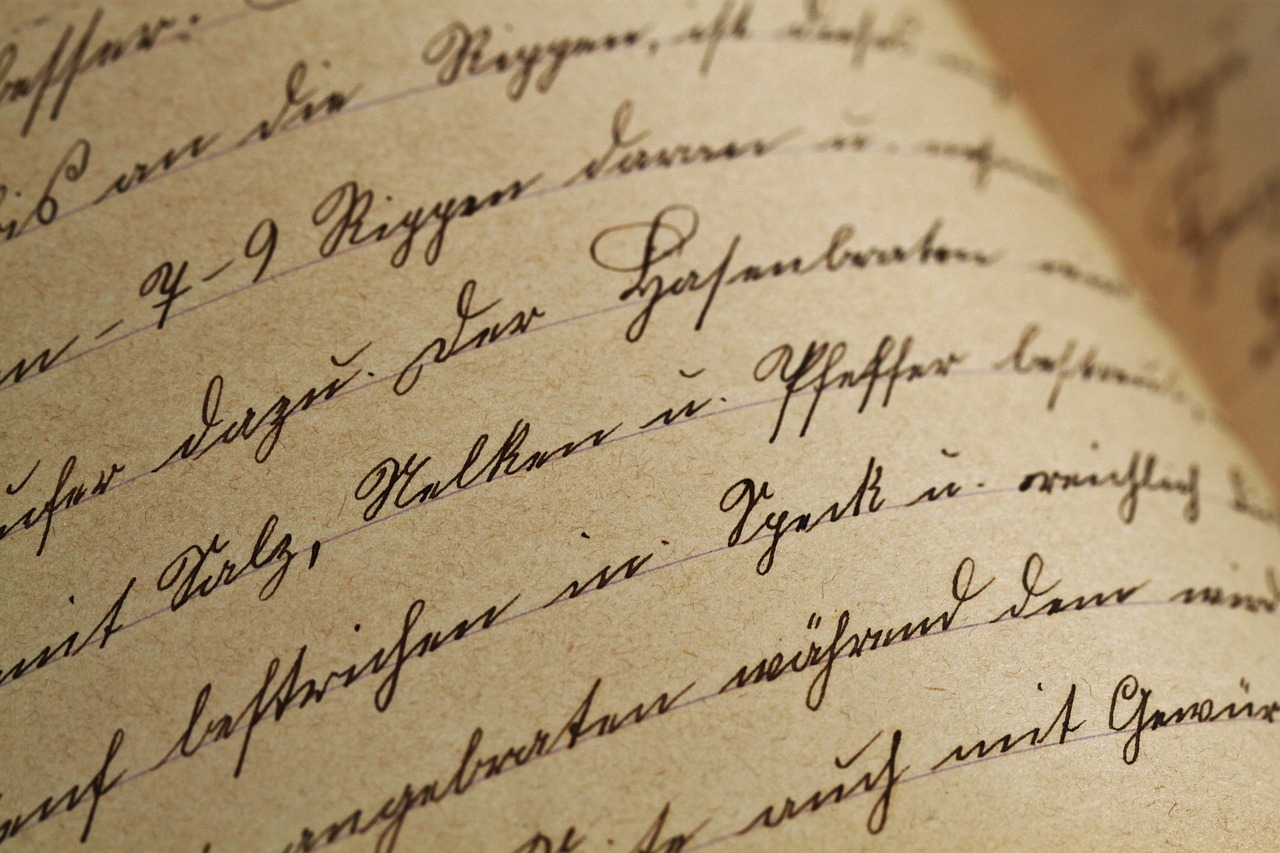Sipping Nostalgia: The Timeless Rituals of Café Culture

Step Back in Time
Imagine yourself transported to the streets of Paris in the 1960s, where the aroma of freshly brewed coffee mingles with the sounds of laughter and chatter. The cafés, with their charming outdoor terraces, become a stage for the daily lives of Parisians.
The Café as a Social Hub
In this era, cafés were not just places to grab a quick drink; they were vibrant social hubs. Patrons would gather to discuss art, politics, and philosophy, each cup of coffee serving as a catalyst for meaningful conversations. Can you recall your favorite café moments?
- The Ritual of Ordering: The experience would begin with a simple yet elegant act of ordering. A waiter, often dressed in a crisp white apron, would approach the table with a warm smile.
- The Perfect Brew: Each café had its own unique blend, whether it was a rich espresso or a creamy café au lait. What was your go-to drink?
- Time to Reflect: With each sip, patrons would often take a moment to reflect on their surroundings, the soft melodies of a nearby street musician enhancing the ambiance.
A Symphony of Senses
The experience of café culture in the 1960s was a feast for the senses:
| Senses | Experience |
|---|---|
| Sight | Colorful awnings and the vibrant attire of patrons created a picturesque scene. |
| Sound | The gentle clinking of cups, laughter, and the soft strumming of guitars filled the air. |
| Smell | The rich aroma of coffee mixed with freshly baked pastries. |
| Taste | Each sip of coffee was a moment of savoring the rich flavors and textures. |
The Art of Conversation
Conversations in cafés were often lively and passionate. Did you have a favorite topic you loved to discuss over coffee? The café served as a backdrop for budding romances, heated debates, and friendships blossoming over shared interests.
A Lasting Legacy
Even today, the essence of Parisian café culture remains alive. Many of those rituals have transcended time, continuing to inspire new generations. Think back—what lessons from those café days have stuck with you?
Join the Conversation
As we reminisce about the elegance of the past, we invite you to share your stories and memories. What was your favorite café experience?
Whispers of the Past: Iconic Figures Who Shaped Parisian Cafés

Imagine a time when the air was thick with the aroma of freshly brewed coffee, and the sounds of laughter and lively conversation filled the streets of Paris. The 1960s were a golden era for Parisian cafés, where art, philosophy, and politics mingled over cups of café crème. In this journey, we will explore some of the iconic figures who not only frequented these cafés but also shaped their essence.
The Literary Giants
Among the many patrons of Parisian cafés, the existentialist writers stand out. Figures like Jean-Paul Sartre and Simone de Beauvoir turned cafés into their second homes. At Café de Flore, they engaged in passionate discussions about life, freedom, and choice, inspiring a generation. Can you recall the books you read that were influenced by their ideas?
The Artists
The cafés also served as a canvas for visionary artists. Pablo Picasso and Henri Matisse often gathered at Les Deux Magots, where they shared their latest creations. Their vibrant discussions and artistic endeavors breathed life into the café culture. What art pieces have left a mark on you from this era?
The Philosophers
Philosophy flowed freely in these cafés. Think of Albert Camus, who challenged societal norms with his writings while sipping espresso at Café de la Paix. His thoughts on absurdism and human existence sparked debates that echoed through the walls. Have you pondered philosophical questions that resonate with you?
The Revolutionary Spirits
During this time, the cafés became hotbeds for political discourse. Figures like Daniel Cohn-Bendit, a key player in the 1968 student protests, rallied support over cups of coffee. These discussions not only shaped the political landscape but also inspired a younger generation to dream of change. What changes have you witnessed in society that began in such cafés?
Parisian cafés of the 1960s were more than just places to drink coffee; they were vibrant hubs of culture and thought where iconic figures left their indelible marks. As you reflect on this era, consider how these whispers of the past continue to influence our lives today. What memories do you hold of your own café experiences?
A Tapestry of Taste: Culinary Delights of the 1960s Café Scene

Exploring the Café Culture
As we reminisce about the vibrant 1960s Parisian café scene, one can’t help but be transported to a world where flavor and ambiance intertwined seamlessly. Imagine yourself seated at a quaint café table, the aroma of freshly baked bread wafting through the air, and the sound of laughter mingling with the clinking of coffee cups. The cafés of Paris were more than just places to eat; they were cultural hubs where ideas flourished and friendships blossomed.
Culinary Highlights of the Era
What were the culinary delights that graced the tables of these iconic establishments? Let’s take a closer look:
Quiche Lorraine: A savory tart filled with eggs, cream, and lardons, this dish became a staple on café menus, embodying the essence of French cuisine.
Croissants: Flaky and buttery, these pastries were the perfect accompaniment to a morning café au lait, enjoyed while reading the daily newspaper.
Crêpes Suzette: This delightful dessert, flambéed in orange juice and Grand Marnier, brought a touch of theatricality to dessert time, captivating diners with its presentation.
Salades Composées: These composed salads, often featuring seasonal vegetables, cheeses, and meats, showcased the freshness of local produce while providing a light yet satisfying meal.
Steak Frites: A classic dish of steak served with crispy fries, it was a favorite among locals and tourists alike, embodying the heartiness of French fare.
The Experience of Dining
Dining in a 1960s Parisian café was an immersive experience. Patrons would linger over their meals, savoring each bite and engaging in spirited discussions. The waitstaff, often dressed in crisp uniforms, delivered dishes with a flourish, adding to the overall charm of the experience. Imagine the joy of sharing a bottle of Bordeaux with friends, the laughter echoing through the streets, as the sun began to set over the Seine.
Interactive Moments
Picture yourself reminiscing with friends about your favorite café dishes from that era. What was your go-to order? Perhaps a café crème paired with a slice of tarte Tatin? Or did you prefer the simplicity of a baguette with cheese? Let the flavors of the past inspire your next culinary adventure.
The cafés of the 1960s were not merely places to eat; they were vibrant spaces where life unfolded, and every meal was a celebration of French culture. As we look back, we can appreciate how these culinary delights shaped our memories and continue to influence our palate today.
Moments of Connection: Stories from the Heart of Parisian Cafés
Welcome to the Heart of Paris
Imagine stepping into a small, charming café in Paris during the 1960s, the scent of freshly brewed coffee wafting through the air, mingling with the soft melodies of a nearby street musician. As you settle into a cozy corner table, the world outside fades away, and you find yourself enveloped in a tapestry of stories waiting to be shared.
Café Society: A Hub of Connection
In these cafés, people from all walks of life gathered. Artists, writers, and philosophers exchanged ideas over cups of espresso, their laughter and debates echoing off the walls. Have you ever been part of such a vibrant community? Perhaps you remember a café where the ambiance sparked creativity and camaraderie.
Moments of Connection
Take a moment to reflect. What conversations have you had in a café that lingered in your memory? Perhaps it was a discussion about a favorite book or a deep dive into the meaning of life. In the heart of Parisian cafés, these intimate exchanges blossomed into lifelong friendships. Share your own story—a moment that touched your heart amidst the clinking of cups and the soft chatter.
A Canvas of Emotions
Each café was a canvas painted with the emotions of its patrons. Love stories unfolded over candlelit tables, while heartbreaks were soothed with a comforting pastry. Can you recall a time when a simple cup of coffee transformed into a pivotal moment in your life? Perhaps it was a chance encounter that changed everything.
The Soundtrack of Café Life
As you sip your drink, listen closely. The background music—a mix of jazz and chanson—created a unique atmosphere. Did you have a favorite song that played in your mind during those days? Music has a magical way of connecting us to memories.
Legacy of the Parisian Café
Even now, the legacy of the Parisian café continues to thrive. They remain spaces where connections are made, stories are told, and memories are cherished. What do you think makes a café special? Is it the ambiance, the people, or the stories that unfold within its walls?
Let’s keep the spirit of those cafés alive! Share your reflections, your stories, and your memories. What moments of connection have shaped your life? Together, we can weave a rich narrative that honors the elegance of café life in Paris.
Artistry in Aroma: The Coffee Craft that Defined an Era
Discovering the Heartbeat of Paris
In the vibrant streets of Paris during the 1960s, cafés were more than mere establishments serving coffee; they were the very heart and soul of the city. Each café had its own unique aroma that wafted through the air, inviting patrons to pause and engage with life. Can you imagine the rich scent of freshly ground beans mingling with the laughter and chatter of friends?
The Ritual of Coffee
The act of enjoying coffee was a ceremony, a cherished ritual that brought people together. Picture yourself seated at a tiny round table, a delicate demitasse in hand, savoring the moment. The baristas, skilled artisans, performed their craft with grace and precision, each cup brewed to perfection. How did you enjoy your coffee? Were you a fan of the smooth, dark espresso, or perhaps a frothy cappuccino?
Connecting Over a Cup
Cafés served as meeting points for artists, writers, and thinkers. They were the cradles of creativity, where ideas flourished over cups of coffee. Can you recall the conversations you shared with friends over coffee? Did those discussions spark any memorable moments in your life?
The Role of Aesthetics
Every café was a canvas, decorated with vintage posters and warm lighting, creating an inviting atmosphere. Imagine the soft glow of the lights reflecting off the polished tables as you engaged in deep conversation. How did the ambiance of your favorite café influence your experience?
Tales from the Past
As we reminisce about this enchanting era, consider the stories that unfolded within those café walls. Did you witness a love story blossom over coffee? Or perhaps a passionate debate about art and politics? Every cup held a story, waiting to be told.
Conclusion: The Legacy of Café Culture
The coffee culture of 1960s Paris continues to resonate, reminding us of the beauty found in simple moments. As we reflect on the artistry in aroma, let us celebrate the connections made and the memories forged in those iconic cafés. What is your most cherished café memory?
Echoes of Laughter: The Social Symphony of Café Gatherings
Reliving the Vibrant Atmosphere
The 1960s in Paris was a tapestry of laughter and camaraderie, woven together in the intimate settings of its famed cafés. Imagine stepping into a small café, the aroma of freshly brewed coffee mingling with the sweet scent of pastries. Lively conversations blend with the soft melodies of street musicians, creating a harmonious backdrop to social gatherings.
The Café: A Hub of Connection
Every corner table tells a story. Friends gather to share their joys and woes, lovers whisper sweet nothings, and artists sketch the essence of life around them. The cafés of Paris in the 1960s were more than just places to enjoy a cup of coffee; they were the heartbeats of the community.
Interactive Moments: Share Your Memories
Have you ever found yourself lost in a moment of laughter at a café? Perhaps you can recall an incident that brought joy to your heart. Think back to the laughter shared over a cup of coffee or the animated discussions that lasted for hours. What was your favorite café? Who did you share these moments with?
The Role of Musicians and Artists
Musicians often played in cafés, their songs echoing through the air, enhancing the social experience. The vibrant melodies invited patrons to join in the joy of the moment, creating a symphony of sounds that resonated with laughter and conversation. Artists sketched and painted the scenes unfolding around them, capturing the essence of café life on canvas.
A Table of Memories
| Memory Type | Description |
|---|---|
| Laughter | Instances of shared joy, often resulting from a witty remark or a funny story. |
| Friendship | Connections made over coffee; lasting bonds formed through shared experiences. |
| Creativity | Inspiration drawn from the lively atmosphere, leading to artistic endeavors. |
| Romance | Whispers of love exchanged in hushed tones, creating moments that linger in memory. |
Conclusion: The Echoes Remain
Even today, the echoes of laughter from those bustling cafés can still be felt. The stories of connection, joy, and creativity continue to inspire new generations. What echoes of your own café experiences can you share? Remember, every laugh and conversation contributed to the rich tapestry of Parisian café life. Your memories are a part of this ongoing social symphony.
The Joy of People Watching: A Glimpse into Everyday Lives
The Joy of People Watching
Imagine yourself seated at a quaint café on a bustling Parisian street in the 1960s. The aroma of freshly brewed coffee wafts through the air, blending with the sounds of laughter and conversations. You take a moment to observe the world around you, a world filled with stories waiting to be discovered. This is the essence of people watching, a delightful pastime that brings the vibrant life of Paris to your fingertips.
As you sip your café au lait, let’s take a closer look at the myriad of characters that grace the streets:
- The Artists: A group of young painters, their easels set up on the sidewalk, capturing the essence of life in vibrant strokes. Their laughter and spirited discussions create an atmosphere of creativity. Can you feel the energy?
- The Lovers: A couple, hands entwined, exchanging sweet nothings over pastries. Their eyes sparkle with affection, reminding you of love’s tender moments. Do you remember your own youthful romances?
- The Elderly Patrons: Wise souls, reminiscing about the past, sharing stories over their glasses of wine. Their laughter echoes wisdom and nostalgia. What stories do you wish to share?
- The Tourists: Wide-eyed and enchanted, they marvel at the beauty around them, snapping photos with excitement. Their joy is infectious, inviting you to see the world through their eyes. What do you think they see?
Each person adds a unique thread to the rich tapestry of café life. You might notice a woman in a stylish beret reading a book, lost in another realm, or a street performer captivating a small crowd with a soulful melody. What catches your eye the most?
The beauty of people watching lies in the connections we make, even if silently. As you observe, you may find yourself reminiscing about your own experiences, your own stories intertwined with the lives of those around you. What memories does this scene evoke for you?
So, the next time you find yourself in a café, take a moment to pause and watch. Engage in the delightful art of observation, and let the stories unfold before you. After all, every face tells a tale, and every moment is a precious memory waiting to be cherished.
Street Musicians and Poets: The Creative Pulse of Café Life
Unveiling the Soul of Parisian Cafés
Picture yourself in a quaint café on the boulevard, the aroma of fresh croissants and rich espresso wafting through the air. As you settle into your seat, the soft strumming of a guitar and the gentle cadence of spoken word begin to fill the space. This is the essence of 1960s Paris, where street musicians and poets created a vibrant tapestry of sound and emotion.
The Musicians: Voices of the Streets
Street musicians were the heartbeat of the Parisian café scene. They transformed the ordinary into the extraordinary, turning cobblestone streets into stages. With their melodic tunes, they invited passersby to pause, listen, and engage. Can you recall the image of a young man playing a guitar, lost in his music, or a woman with a violin, her bow dancing across the strings?
Poets: Weaving Words into Magic
Alongside the musicians, poets emerged as the lyrical dreamers of the cafés. They would sit at small tables, scribbling verses on napkins or the backs of receipts, capturing the essence of life in their words. Imagine the sound of a soft voice reciting a sonnet or a passionate plea for love, echoing off the café walls. Their words painted vivid pictures and stirred the souls of those who listened.
Interaction and Inspiration
The café was not just a place to enjoy food and drink; it was a community. Musicians and poets often invited the audience to join them in their art. Perhaps you were one of the regulars, encouraged to share your own stories or sing along to a familiar tune. These interactions fostered a sense of belonging, a shared appreciation for creativity that connected people from all walks of life.
The Legacy of Street Performers
As time has passed, the legacy of these street performers remains a significant part of Parisian culture. They remind us of a time when art flourished in the streets and cafés, where creativity was celebrated and nurtured. What memories do you hold of such experiences? Did you ever find yourself captivated by a particular musician or poet?
Conclusion: The Spirit Lives On
Even today, the spirit of 1960s Paris continues to inspire artists and lovers of art alike. The echoes of those enchanting moments in cafés still resonate, inviting new generations to discover the magic of street musicians and poets. As you reflect on these memories, consider visiting a local café where the creative pulse continues to thrive.
From Bohemian Vibes to Chic Elegance: Café Evolution
Exploring the Transformation
Step back in time to the 1960s, a decade that saw Parisian cafés evolve from vibrant, bohemian hubs to sleek, chic establishments. Can you recall the clinking of coffee cups and the soft melodies of jazz wafting through the air? During this period, cafés became more than just places to sip coffee; they transformed into cultural epicenters where art, literature, and philosophy flourished.
Bohemian Beginnings
In the early 1960s, Paris was alive with the spirit of the Bohemian. Artists, writers, and thinkers gathered in quaint cafés like Café de Flore and Les Deux Magots, exchanging ideas and igniting creativity. Imagine the lively debates and laughter that filled the air. These were spaces for the avant-garde, where the unconventional was celebrated, and the atmosphere was charged with inspiration.
The Shift Towards Chic
As the decade progressed, a shift began to occur. The rise of fashion and the influence of the pop culture movement brought a new clientele into the cafés. With the advent of elegant décor and refined service, the cafés began to attract a different crowd. Can you picture the stylish Parisians, clad in the latest fashion, sipping espresso with an air of sophistication? The ambiance transformed, blending the charm of the old with a new sense of chic elegance.
A Cultural Melting Pot
Cafés became a melting pot of cultures, where the sounds of different languages mingled with the aroma of fresh pastries. What was your favorite treat to enjoy while people-watching? The café culture in the 1960s was not just about coffee; it was about experiencing life, art, and the unique personalities that frequented these spaces.
Legacy of the Cafés
Even today, the echoes of that vibrant era are felt in modern cafés around Paris and the world. The blend of bohemian vibes and chic elegance continues to influence how we enjoy our coffee and socialize. Reflect for a moment: How have cafés changed in your lifetime? The essence of these cafés remains, serving as a reminder of a golden age in Parisian history.
A Journey Through Time: Revisiting Favorite Cafés of the 1960s
Imagine stepping back into the vibrant streets of Paris in the 1960s, where the aroma of fresh coffee mingles with the sound of lively conversation. This was a time when cafés were not just places to grab a drink; they were the heartbeats of the city, where ideas blossomed and friendships flourished.
Café de Flore
Café de Flore was a sanctuary for intellectuals and artists alike. Nestled in the Saint-Germain-des-Prés area, it was here that writers like Simone de Beauvoir and Jean-Paul Sartre found inspiration. Can you recall the clinking of cups and the rustle of newspapers?
- Signature Drink: Café crème – a rich blend that ignited creativity.
- Notable Patrons: A hub for famous literary figures, making it a beacon for aspiring writers.
Les Deux Magots
Just a stone’s throw from Café de Flore, Les Deux Magots held its own charm. This café was a meeting point for thinkers and dreamers. Picture the lively debates that filled the air as patrons engaged in discussions that shaped modern philosophy.
- Signature Dish: Croissants served with a side of existentialism.
- Historical Significance: Frequented by André Gide and Hemingway, it was a melting pot of ideas.
Café des Deux Moulins
Although a bit more modern, Café des Deux Moulins rose to fame with its appearance in the film Amélie. This café encapsulated the spirit of the 60s with its quirky decor and welcoming ambiance.
- Signature Feature: The famous waitress who serves the best tarte aux framboises.
- Cultural Impact: It represents the evolving café culture into the modern era.
Le Consulat
Located in Montmartre, Le Consulat was a favorite among artists. This café was known for its picturesque views and served as a backdrop for many masterpieces.
- Signature Drink: A glass of vin rouge as the sun set over the city.
- Artistic Influence: The café was frequented by painters like Pablo Picasso and Vincent van Gogh.
Revisiting the cafés of the 1960s is not merely a nostalgic journey; it is a celebration of a golden era in Parisian culture. As we reflect on these cherished spots, let the memories of laughter, creativity, and connection fill our hearts once more. What was your favorite café experience?
